Summer at Rare Book School
Written by current Gastronomy student Laura Kitchings.
As an Archivist who is a current Master’s Candidate in the Gastronomy program, I am always trying to find ways to incorporate my professional training into my study of food. This summer I was fortunate to attend the 30-hour, 5-day workshop “The History of the Book in America: A Survey from Colonial to Modern” at Rare Book School (RBS) at the University of Virginia in Charlottesville, Virginia. Rare Book School is an organization that provides educational opportunities to study the history, care, and use of written, printed, and digital materials. The course was co-taught by Scott E. Casper and Jeffrey D. Groves who have published extensively on the History of the Book in America both separately and as a team. Our twelve-person class included antiquarian booksellers, librarians, archivists, and graduate students. I attended the class as part of my thesis research, focusing on cookbooks in the 1890’s. My goal in attending the program was to place the cookbooks of the 1890’s in the larger book history of the United States. While I had studies Special Collection Library management as part of my Master’s in Library Science at Simmons College (now Simmons University) I had never taken a course in the History of the Book.
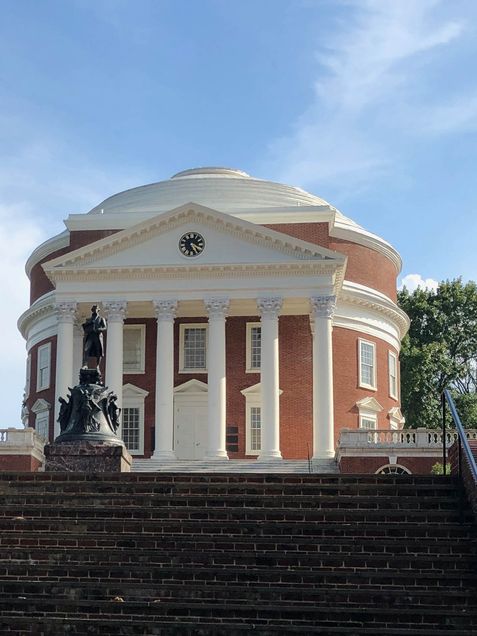
Each of the five days during the workshop was divided into four sessions. I expected each session to consist of a lecture around an aspect of book history. Instead, each day was a mix of lecture, and activities. The various activities, including as comparing educational texts, almanacs, newspapers, and paperback books from a variety of time periods. As you can see from the examples below, each activity involved working with materials held by RBS and active discussion with classmates.
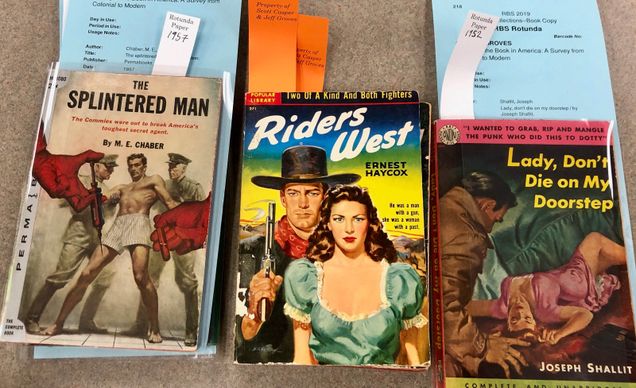
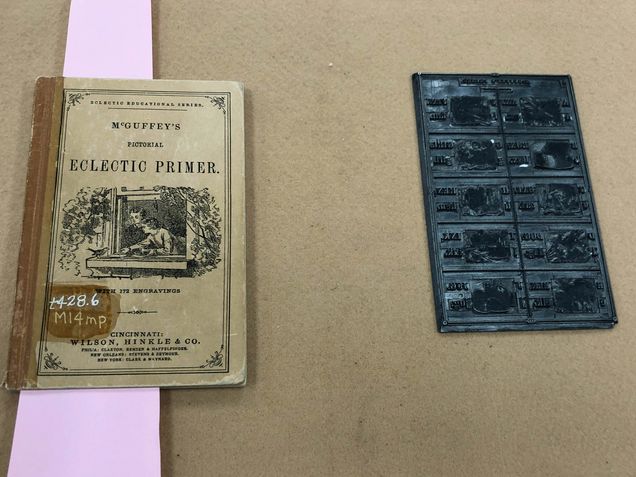
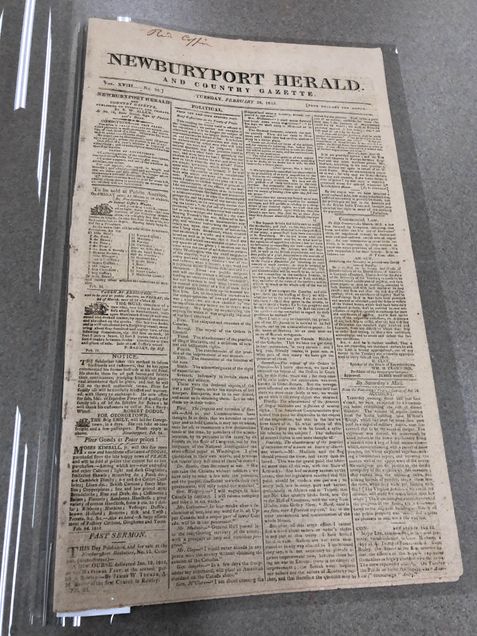
These activities allowed me to consider possible comparison cookbook activities in a library setting.
While our class was focused on Book History, we were also able to see what other courses were studying. One evening we were able to work with the Vandercook proof press that included the need to hand set type.
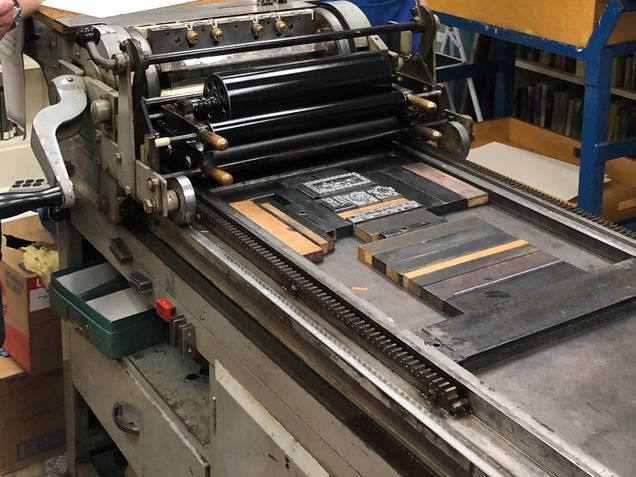
While our team struggled with placing the small metal pieces of type to prepare to actually print on the press, I found myself reflecting on how printing, like cooking, involves significant preparation and muscle memory. While I was frustrated in the movement while placing the type, I found myself thinking about the Saturdays I spent learning knife skills in MET ML 698 –Laboratory in the Culinary Arts: Cooking.
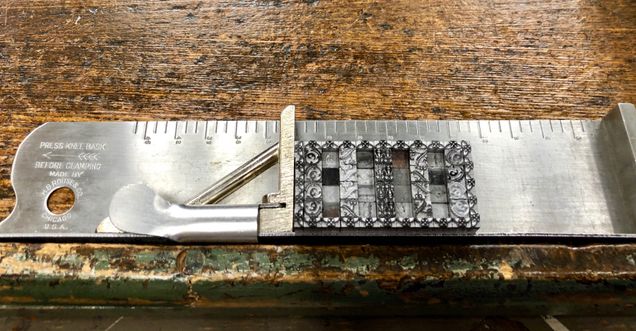
As with learning knife skills, I realized that if I had to regularly work with the small type, it would become Embodied knowledge.
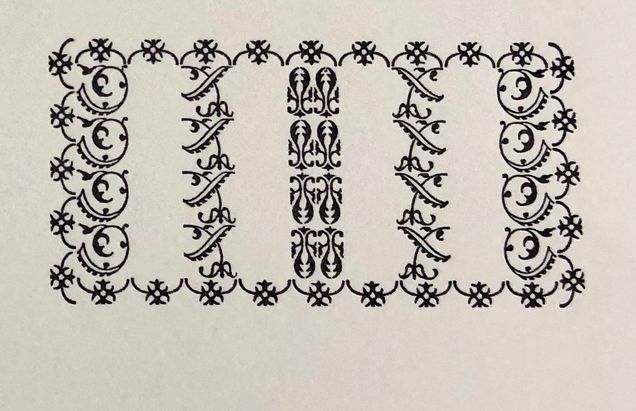
On the last day, each member of the class presented on the future of the book. While my classmates focused on performative reading on social media and linked data, I focused on cookbooks. I was able to use work done as part of a team in MET ML 671- Food and Visual Culture. My presentation focused on how cookbooks now need to include significant visual elements such as photographs and illustrations, and how successful cookbook authors need to have a social media presence.
While it was an exhausting week, I’m grateful that I had the opportunity to attend the workshop and hope to find opportunities to teach with historic cookbooks in the future.